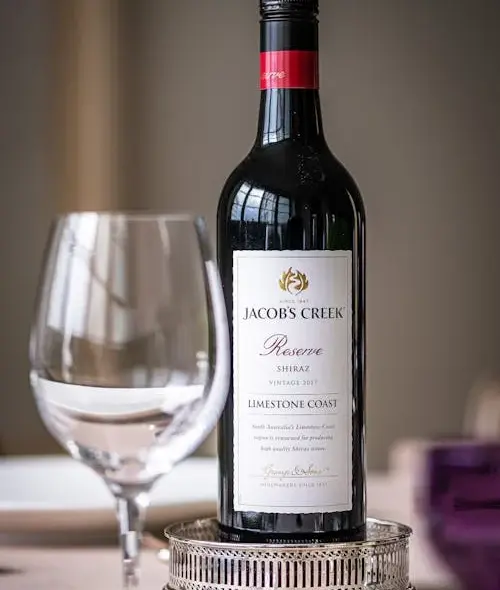Title: The Art of Wine: A Culinary Journey
Introduction:
Wine is more than just a drink. It is a form of art that has been crafted and perfected over centuries. From the vineyards to the bottle, each step of the winemaking process requires skill, patience, and a deep understanding of the land. In this blog, we will explore the world of wine, its history, varieties, and the cultural significance it holds in different societies.
The History of Wine:
The story of wine dates back thousands of years, with evidence of winemaking found in ancient civilizations such as Egypt, Mesopotamia, and Greece. The Greeks and Romans, in particular, played a significant role in the development of wine culture, with the establishment of vineyards and the refinement of winemaking techniques.
In medieval Europe, wine became an important commodity traded by merchants across the continent. Monasteries also played a crucial role in preserving and advancing winemaking knowledge during this period.
Wine in the Modern World:
Today, wine is enjoyed all around the world, with each region producing unique flavors and styles. Countries like France, Italy, Spain, and the United States are renowned for their winemaking traditions and quality wines.
Wine has also become an integral part of many cultures and cuisines. In France, for example, wine is considered an essential accompaniment to a meal, with each region having its own specialties. In Italy, wine is deeply rooted in the country’s traditions, with a variety of wines such as Chianti, Barolo, and Prosecco enjoyed both locally and internationally.
Types of Wine:
There are thousands of grape varieties used in winemaking, resulting in a diverse range of wines with different flavors, aromas, and characteristics. The two main categories of wine are red and white, each made from specific grape varieties and processed differently.
Red wines are typically made from dark-colored grapes, with the skins left in contact with the juice during fermentation to extract color and tannins. Popular red wine varieties include Cabernet Sauvignon, Merlot, Pinot Noir, and Syrah.
White wines, on the other hand, are made from green or yellow grapes, with the juice separated from the skins before fermentation. Chardonnay, Sauvignon Blanc, Riesling, and Pinot Grigio are some of the most popular white wine varieties.
In addition to red and white wines, there are also rosé, sparkling, and dessert wines, each offering a unique tasting experience.
The Art of Tasting:
Tasting wine is a sensory experience that involves more than just drinking. To fully appreciate a wine, one must engage all the senses, including sight, smell, and taste.
When tasting a wine, start by observing its color and clarity. Swirl the wine in the glass to release its aromas, then take a deep sniff to identify the different scents. Finally, take a sip and let the wine coat your palate, noting the flavors, acidity, and tannins.
Pairing Wine with Food:
One of the greatest pleasures of wine is its ability to enhance the flavors of food. The right wine can elevate a dish, creating a harmonious balance of flavors.
When pairing wine with food, consider the weight and complexity of both the wine and the dish. Lighter wines like Sauvignon Blanc pair well with seafood and salads, while fuller-bodied reds like Cabernet Sauvignon complement red meats and rich sauces.
Experimenting with different wine and food pairings can be a fun and rewarding experience, allowing you to discover new flavor combinations and enhance your culinary skills.
Wine Etiquette:
There are certain etiquettes to follow when serving and drinking wine, especially in formal settings or fine dining establishments.
When serving wine, always hold the glass by the stem to prevent heating the wine with your hand. Pour wine slowly and avoid overfilling the glass. Offer to pour wine for others before serving yourself, starting with ladies and then moving clockwise around the table.
When drinking wine, hold the glass by the stem to prevent smudging the bowl with fingerprints. Swirl the wine to aerate it and release its aromas before taking a sip. When tasting multiple wines, cleanse your palate with water or crackers between sips.
Conclusion:
Wine is a timeless art form that has captivated people throughout history. From the vineyards to the glass, the journey of wine is a complex and fascinating one that continues to evolve with each passing year.
Whether you are a seasoned wine connoisseur or a beginner looking to learn more, exploring the world of wine offers a rich and rewarding experience. So raise a glass, savor the flavors, and enjoy the artistry of wine. Cheers!
 :
https://www.pinterest.com/
:
https://www.pinterest.com/


